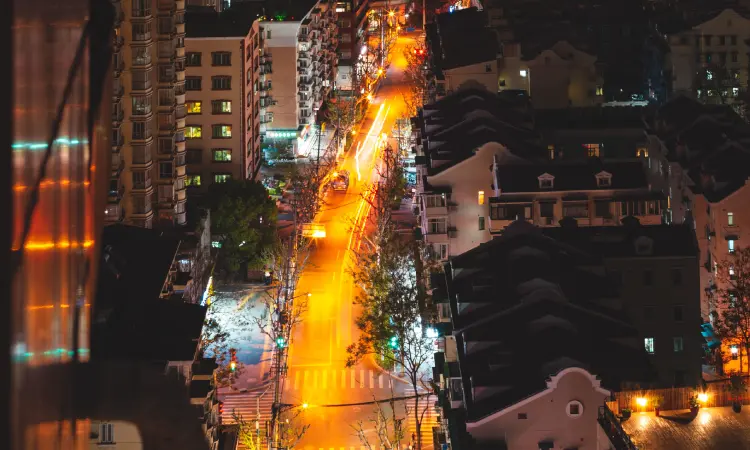Eco-Friendly Lighting: Reducing Light Pollution in Cities
Urban street lighting, while beneficial, is also an unintended pollutant causing hidden harm. Light pollution appears in several forms: skyglow, light trespass, glare, and over-illumination. 1
In 2003, Travis Longcore and Catherine Rich (The Urban Wildlands Group) introduced the term “ecological light pollution” to describe the adverse effects on nighttime ecosystems. Part of the problem lies in cool white LEDs – although energy efficient, their spectrum rich in blue light has raised concern.2
The complex problem of light pollution in cities requires a more nuanced approach than simply replacing lamps with LEDs to save energy.

